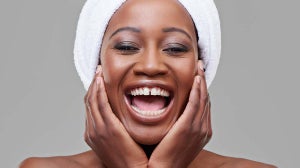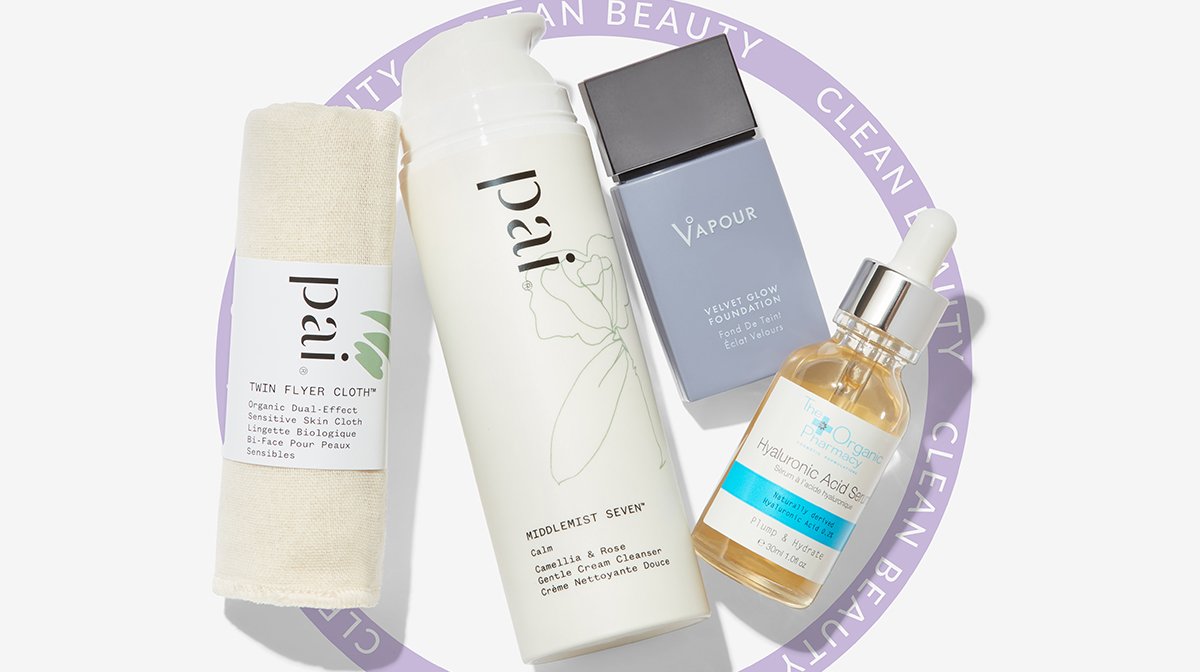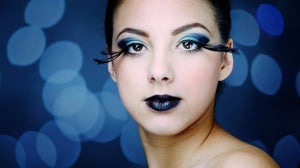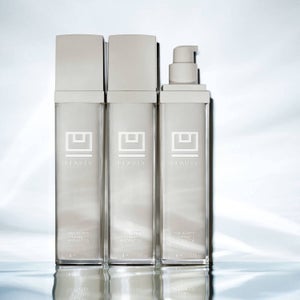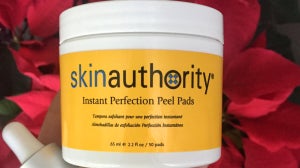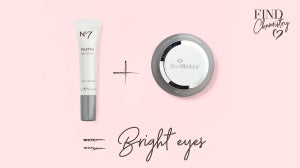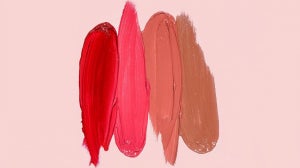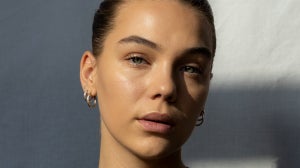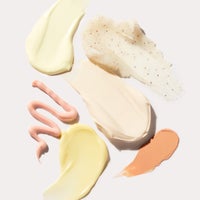
At SkinStore, we always want to help our customers shop for their beauty routine with all the resources we can offer to make your shopping experience easier, and that includes learning how to read clean beauty labels. Here's how to navigate reading the labels on your beauty products, clean and beyond!
Why You Should Read the Label of Your Clean Beauty Products
If you are trying to be more mindful of your skincare journey, it's in your best interest to be knowledgeable about reading the ingredient lists on your skincare products. At SkinStore, we excluded 48 ingredients from our clean beauty category that brands couldn't feature in their products. However, the United States only prohibits 11 ingredients suspected of causing any harm from being used in cosmetics.
There are two congressional laws the Food and Drug Administration (FDA) uses to regulate cosmetic labeling:
Cosmetic labeling laws
- Federal Food, Drug, and Cosmetic Act: This law1 defines the provisions, regulations, and intended use of an ingredient. However, its intention for label regulation is exclusive to prohibiting “adulterated or misbranded” ingredients, unsafe color additives, or poisonous substances. Basically, this means cosmetic companies aren’t allowed to knowingly poison their consumers.
- Fair Packaging and Labeling Act: This law’s2 primary function enables the FDA to oversee that all labeling equips consumers with accurate ingredient information.
These two laws don’t require the brands to share any of that information with the FDA, and it also allows brands and manufacturers to use pretty much any ingredient in products that they want as long as “the ingredient and the finished cosmetic are safe under labeled or customary conditions of use.”
While it gives brands a lot of leeway, due to consumer demands for transparency more and more brands are being upfront with their ingredient formulas, and clean beauty is no exception. Here's how to read the labels on your clean or traditional skincare beauty products. Some brands have been having that level of transparency for years, like Organic Pharmacy.
Active vs. Inactive Ingredients
Some products only list active ingredients that are present in small amounts. Manufacturers prioritize these ingredients at the top of the list, and choose to leave out the bulk of the ingredients. Most International Nomenclature of Cosmetic Ingredients (INCI) lists (the labeling system created by a U.S.-based trade group known as the Personal Care Products Council) label ingredients in descending order by concentration. This tells the consumer what ingredients are used most and least in a given product.
However, over-the-counter products like sunscreens and certain skin creams will go the active and inactive ingredients route. Labeling by active or inactive ingredients doesn’t require the manufacturer to list ingredients by concentration. Instead, the ingredients are listed alphabetically.
Active ingredients are approved by the FDA for a specific function. For example, benzoyl peroxide is an active ingredient for treating acne. Inactive ingredients are sort of like the supporting cast — they’re present to support the active ingredient.
Look for what ingredients are active first, then go down to ensure no harmful ingredients are present. Brands like Vapour have full transparency with what's in their makeup lines, happy to share their ingredient lists with makeup lovers alike.
Natural vs. Organic
According to the FDA3, “natural” means “nothing artificial or synthetic (including all color additives regardless of source) has been included in, or has been added to” a product. But this is only true in the case of food. The FDA doesn’t have regulations around the use of the term “natural” or the term “organic” for cosmetics.
Another example is the USDA definition of organic. Something is organic when it’s “produced without antibiotics; growth hormones; most conventional pesticides; petroleum-based fertilizers or sewage sludge-based fertilizers; bioengineering; or ionizing radiation.”
Pai creates organic skincare for anyone that wants to treat their skin – no matter how sensitive – to the best natural ingredients without compromise. Pai products are certified organic by COSMOS, the Soil Association, the Vegan Society, Cruelty Free International and is London Living Wage accredited.
Verify the Symbols on Clean Beauty Labels
Manufacturers love to decorate products with pretty symbols such as bunnies or leaves, but only a select few are officially certified by an organization like the U.S. Department of Agriculture (USDA) or Soil Association4.
Official symbols:
- Expiration date. This can appear as a “best before” date, a “period after opening” symbol, or an hourglass with the shelf life in months.
- Recyclable. A green or black circle of arrows means the packaging is recyclable.
- Cruelty-free. Look for PETA’s pink bunny ears or the Cruelty Free International leaping bunny to verify the product hasn’t been tested on animals.
- Vegan. An official seal from Vegan.org means the product is 100 percent vegan.
- USDA organic. Not natural, not organic, but 100 percent certified USDA organic.
- Fair trade certified. A symbol certifying that the manufacturing and trading processes protect workers and land.
Sources:
- https://www.fda.gov/cosmetics/cosmetics-laws-regulations/fda-authority-over-cosmetics-how-cosmetics-are-not-fda-approved-are-fda-regulated#:~:text=The%20two%20most%20important%20laws,laws%20are%20enacted%20by%20Congress.
- https://wayback.archive-it.org/7993/20170722051950/https:/www.fda.gov/RegulatoryInformation/LawsEnforcedbyFDA/ucm148722.htm
- https://www.fda.gov/food/food-labeling-nutrition/use-term-natural-food-labeling
- https://www.ams.usda.gov/rules-regulations/organic/labeling

Related Articles
